My Basic skill-set of Architectural Photography
Photographs of architecture that make us go WOW and those that set standards worldwide are by Architectural photographers who take these photographs in a professional capacity. To bring out the best photogenic appearances and work of the creator, these are often intended for documentation & commercial purposes.
Over the years of studying architecture and being
in the field, I have gained some experience in architectural photography by capturing stunning architecture including; Public & Religious buildings, Institutions,
exteriors, interiors, etc resulting in learning & sharpening
this skill set, which also ended up in participating & winning a couple of photography competitions through this process of learning.
And so building by building, I gathered and came up with some basics of architectural photography as a successful skill-set that I would like to share in this blog with some examples that were captured by me, for your reference. If you always admired such photographs and seek interest in architectural photography then this one is for you!
1. Explore variety in lightings & weather conditions!
Apart from the best suitable lighting for a photograph being natural lighting, also explore taking photos during different hours of the day & night. Don’t just stop at bright sunny daylight or a beautiful sunset view, come up with photos that can be captured at times of dramatic, gloomy, rainy, or foggy conditions too, that deliver a message of the scene.
For example - This beautiful sunset shot was taken during one of my site documentation visits to the Thiruvottiyur Temple @ Chennai, capturing the temple as the main character in this glorious set-up; imparting the cultural heritage of the space with its significance of religious believes by the locals.
 |
| Thiruvottiyur Temple @ Chennai - Captured by Ar. Sumairah Kareem. |
Any building can look marvelous, favoring its
specified lighting & weather condition. Take multiple photos, to come up
with the preferred shot! Some photos can cast fine shadows, create a
story-telling atmosphere, and build a connection to the viewer, so take your chances
with variety in lightings & capture “The shot!”
For example - This souring high Lighthouse near
the Marina Beach @ Chennai, that I captured at a pure ground-level shot, taken on a pleasant yet sort of gloomy day – is portraying here an impact of its verticality through the angle in which its taken; with two contrast heights next to each other which support the composition while imparting its scale and combined with the admired weather
condition above - hence giving an output of sheer beauty!
 |
| Lighthouse, Marina Beach @ Chennai - Captured by Ar. Sumairah Kareem. |
Also try to experiment with different compositions that manage
to form a theme within the frame of a certain color scheme or filter, like a vintage vibe with tones of light beige or browns or black & white hues.
For example - This simple shot was taken of a beautiful church on a gloomy day, that manages to convey an age-old appearance of this religious space, while smoothly merging with
the colour tones of the church's façade and thus bringing out its rustic beauty.
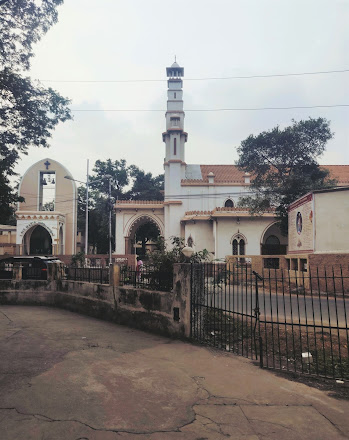 |
| Votive Shrine Chruch, Chennai - Captured by Ar. Sumairah Kareem. |
2. Try Unique angles
Maintaining straight parallel angles, avoiding
distortion, and achieving a certain degree of perspective are some of the main
basics to get the angles right in architectural photography. But angles
that allow a different approach to the building; those that put the "spot-light" on a hidden yet
fascinating element within the space; are those angles that just bring the photo come to life! Creativity
can strike you at any time, so make use of it!
For example - I captured this photograph @ GRT School, Tirutani. taken for an international architecture firm during my practical training there; A perspective shot of a classic atrium showcasing the above floors corridors, forming a perfect balance of lines and usage of colors that pop both on the pillars & flooring which appreciates the architect's intend for this thoughtful creation.
 |
| GRT School, Tirutani - Captured by Ar. Sumairah Kareem. |
The amusing & exciting angles that bring out the beauty of an architectural aspect of the building, stand out majorly for appreciation
and for “thinking out of the box” – both to the designer as well as the photographer;
for creating it & capturing the characteristics respectively.
Taller shots with astonishing rising heights, i.e ground-level shots, express
dominance & sense of power to the architecture created and automatically conveys it through this method in architectural photography.
For example - During a study trip, I captured this
breathtaking shot of the famous Isha Yoga @ Coimbatore. Speaking for its divine
impact and spiritual aura, with its humungous built-form and height, this shot truly stands as one of my most favorites.
 |
| Isha Yoga @ Coimbatore - Captured by Ar. Sumairah Kareem. |
3. Look for a sense of depth
Many seem to have mistaken that perfect architectural photographs shouldn’t involve people in them, like those who are walking or crossing the picture frame. But the fact is that there is no true architecture without people!
So just feel free to capture the respective scene with people, buildings,
elements around it thus creating a layering composition and forming a sense
of depth in the photograph.
For example - This shot I captured of the New college Mosque in Chennai. Layering first; with the unique leaf-less branches peeking through the actual focus at its peripheral framework, then of its voluminous greenery/foliage & then lastly the element of highlight, the mosque's minaret itself! Creating a series of layers and elements that tend to complement each other overall,
 |
| New college Mosque @ Chennai - Captured by Ar. Sumairah Kareem. |
Use trees, shrubs, foliage for a positive framework around the specific capturing shot; resulting in the entire shot as one whole scene. Doing this, you tend to achieve that depth with colors merging as a series of gradual elements, that simultaneously convey the order of the preferred element and its importance to the viewer.
For example - Get on a hilly point to capture a decent landscape or a skyline shot. Like the one I captured here of this beautiful city; Ooty, during my M.Arch while on a study trip. Showcasing the topography, types of buildings, a sneak-peak of the city's skyline; representing a complete scenic view.
 |
| Ooty's Landscape Shot - Captured by Ar. Sumairah Kareem |
4. Composition is key
“If it doesn’t help the composition, it hurts
the composition” – Leonardo da Vinci. Any design & photograph requires correct balance of any sort, symmetric or asymmetric balance. The composition of that balance
should speak for itself through the right usage of lines & shapes.
For example - This atrium photograph of GRT
school @ Tirutani speaks of its geometry, lines, and shapes. Portrayed as a basic ground-level shot & bird’s eye view
respectively of ceiling & flooring, showing its minimalistic style in the usage of colors & unique patterns.
 |
| GRT School, Tirutani - Captured by Ar. Sumairah Kareem. |
Any element that compliments the shot or lifts it drastically overall, should definitely be considered and made a part of the frame. Even if it’s the branch of a tree in the background, or the roads abutting the building or an excess sky portion in the frame.
Anything involved within the frame of the photograph
should only add and enhance the photograph, if not it shouldn’t be kept in the frame
at all!
For example - This wonderful shot of Matrimandir
@ Auroville, was taken at one of my weekend trips. I captured it on a bright day, with an absolute wonder for its structure & appreciation towards its beauty, I managed
to get into the right angle & positioned the frame providing enough
balance of green cover at the bottom & enough sky above at the background while
letting the structure speaks of its dominant presence.
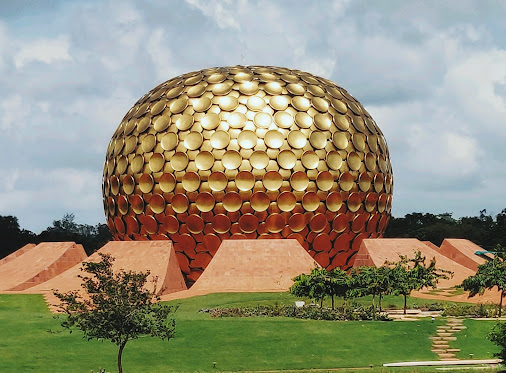 |
| Matrimandir @ Auroville - Captured by Ar. Sumairah Kareem. |
5. Bring forth details – Out & Loud!
Architecture at most not just lies in its grandness
of the building as a whole but also lies in its details! Capture the details, zoom in your settings and give attention to the elements of the design that make it special as a whole. It could just be the
material detail used in the building that you want to bring forth to notice, or a door/window's
intricate design, or even the ceiling design of the room.
For example - Here, the attention to detail comes to
life, as I captured this ground-level shot of simple yet unique circle cut-out details on the ceiling's exterior portion of the GRT School block @ Tirutani.
 |
| GRT School, Tirutani - Captured by Ar. Sumairah Kareem. |
Use adequate lighting to bring out the best of
this feature and make it a strong element of architecture that speaks boldly
enough for its design & creation. You can make that one element highlighted by letting it stand out while blurring or minimize the clarity of the background/surroundings, thus focusing on your detail!
6. Utilize post-processing tools!
Speaking of adjusting, not always does a
photograph come out perfectly that would result in satisfying the right conditions of architectural
photography. That is when your post-processing tools take over! Acquire
perfection with simple edits to your photographs for an uncluttered & neat shot!
When required; correct the angles, brightness; edit the extra background elements like eliminating electrical wires running across buildings, street signage, or any foreground or background elements that diminish the value of the photograph. First, make sure you learn to use the edit tools. Secondly, utilize these editing tools only after you have found the right photograph, on which the required edits need to be made.
For example - This shot isn’t at its best angle or genre but here there was scope for post-edits. The photograph had interruptions of too many elements within the frame, disturbing the flow of visual appearance.
Hence the need to remove the extra elements, editing & removing the laptop wires, color adjustments and cropping was done to gain a certain level of proportion & clarity. Check out the Pre & Post edits!
Bonus points: Precision & Viewpoints for interiors
For any professional classic architectural photograph,
precision rules! Adjust your position, to avoid impossible retouching
situations. Do anything it takes to make the picture as perfect as you can. Understand
the level of perfection required for the right shot even when it involves removing what’s not needed from the
frame right away!
Interiors are another extravagant space that is captured with various mind-blowing angles. Closer the element in your frame, the more prominent it gets. Cover the right amount of elements per frame, don’t overdo it with excess and congested arrangements.
For example: During one of my study visits at
ITC Grand Chola, Chennai; I managed to capture this interior architectural
photograph of the hotel's attractive lobby. Finding precision in angle and the
right perspective - the challenge here was to bring out the grand lit
ceiling to attention with a certain level of importance also given to the array of pillars that gradually create a flow towards the curvilinear staircase leading below.
 |
| ITC Grand Chola, Chennai - Captured by Ar. Sumairah Kareem. |
Once a necessity during academics, then turning out to become a deep driven-interest with passion - my journey of developing this skill-set of architectural photography has been extraordinary. I just find it amusing to capture something that gets overlooked by the naked eye on a daily basis. Through my site & study visits of documentations and research at various locations, the chance to capture & get exposure to these amazing structures has been a completely magnificent experience!
🤍 Follow | Comment | Subscribe 🤍
My WEBSITE | My LinkedIn | My Pinterest | My Portfolio


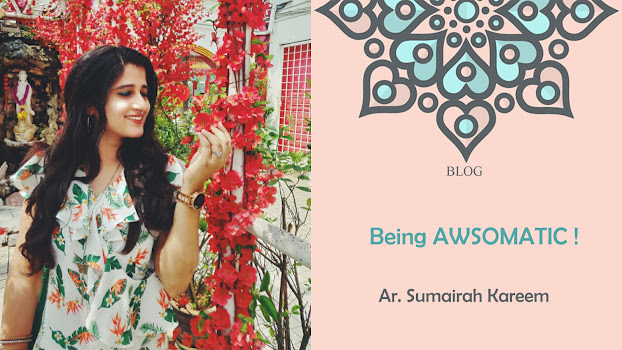
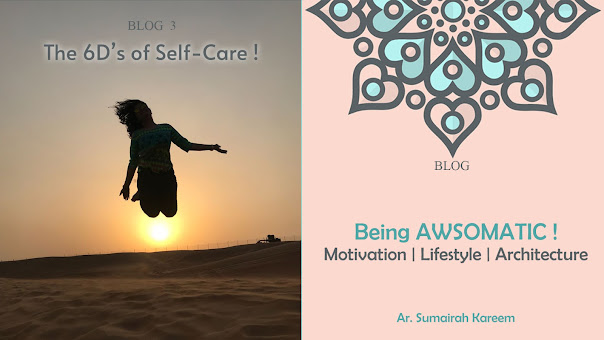
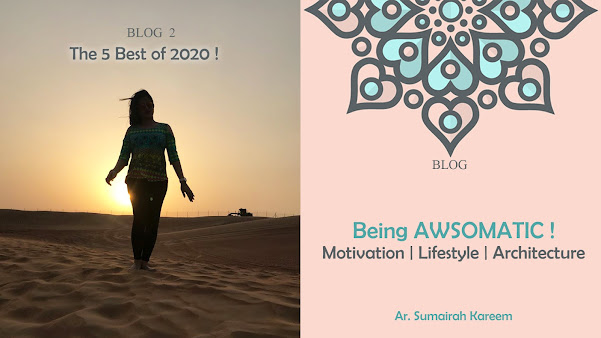
Super say bhi ooper.
ReplyDeleteFantastic job done.
Awesome
ReplyDeleteExcellent
ReplyDeleteGod Bless you sumerah
I am happy to the good work and the efforts of her parents as my good friend s and well wishers.
ReplyDeleteInshallah
By
SWARNA LOKESWARA CHOUDARY
It's really good you did great job.
ReplyDelete